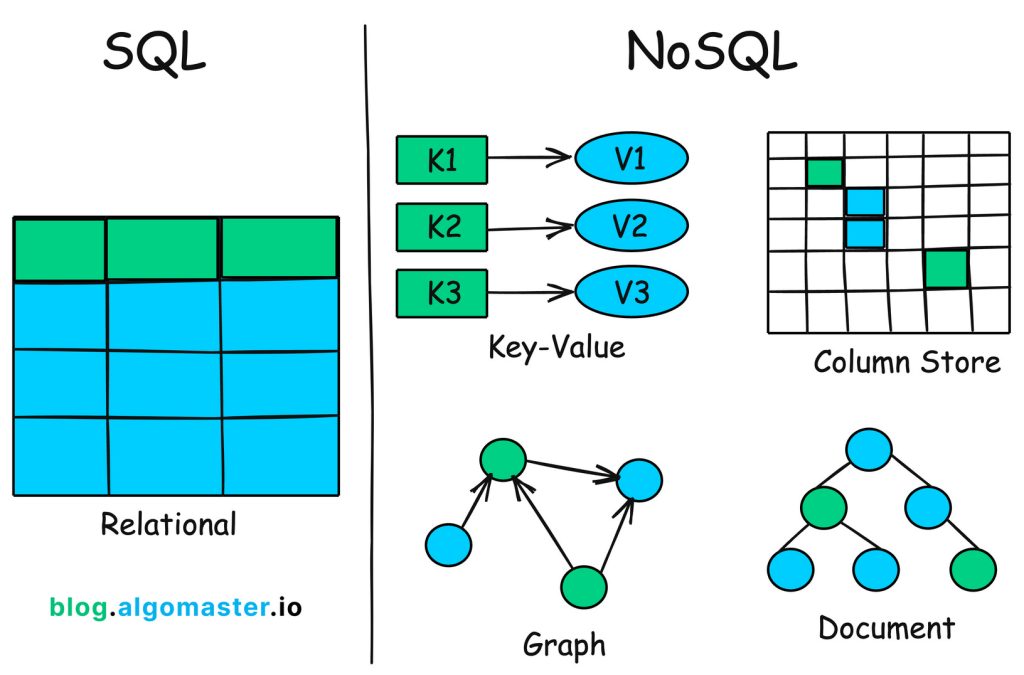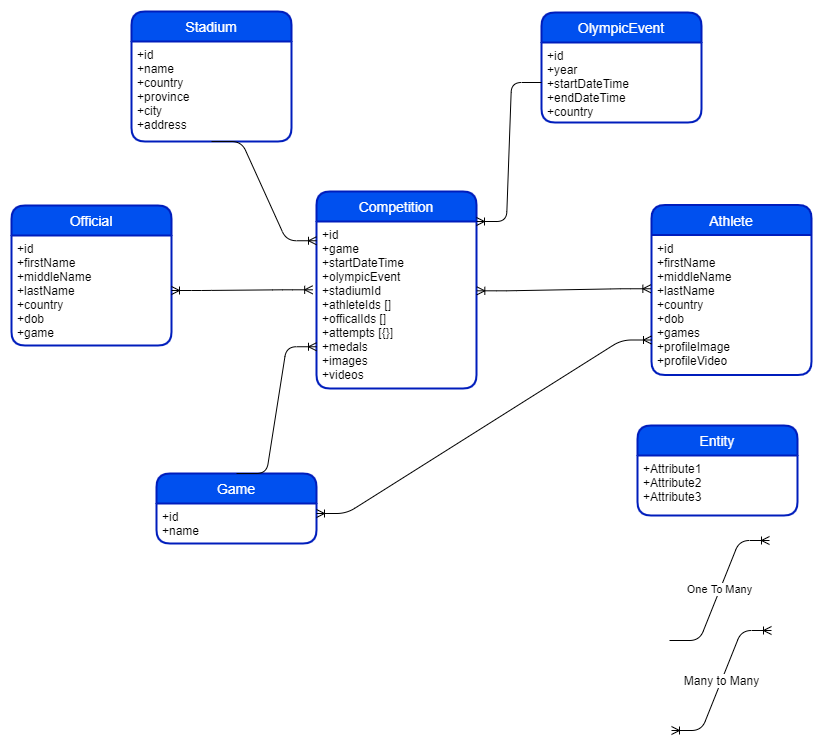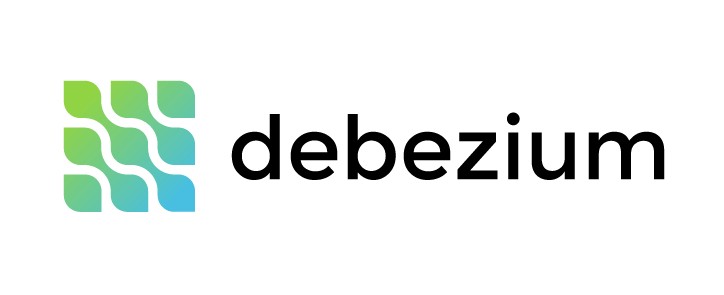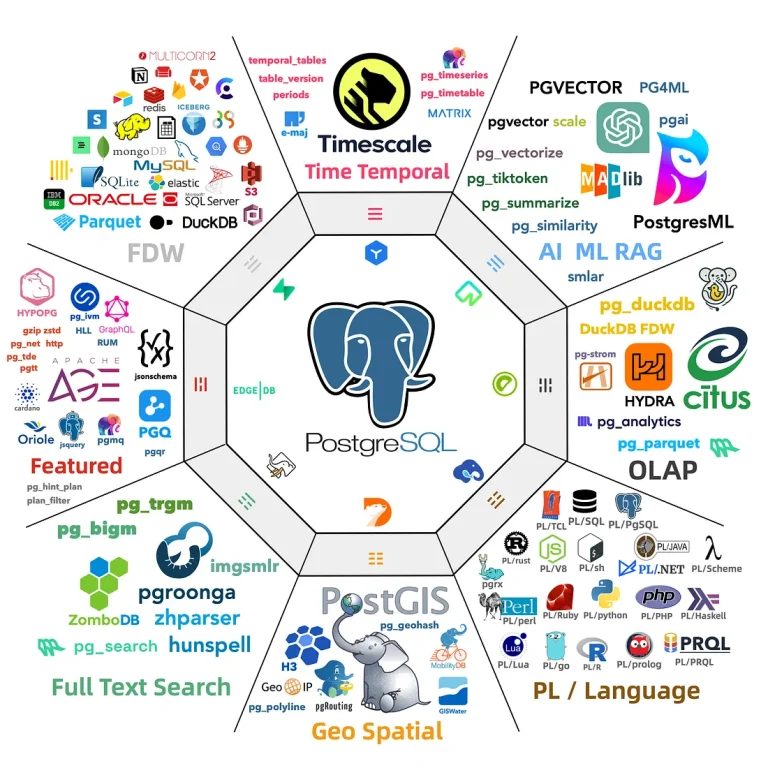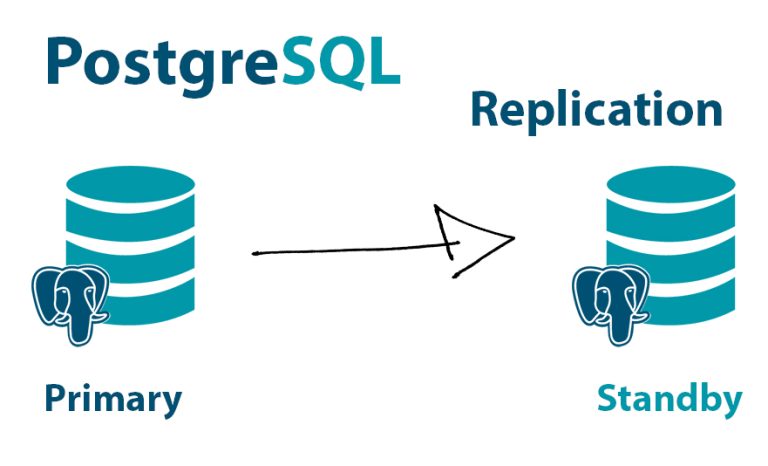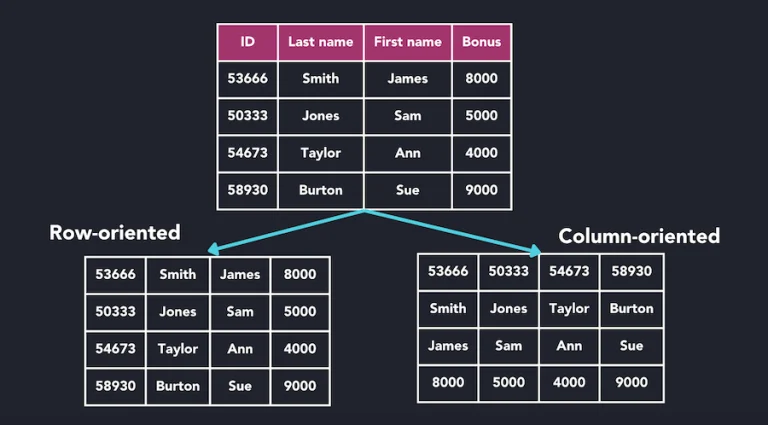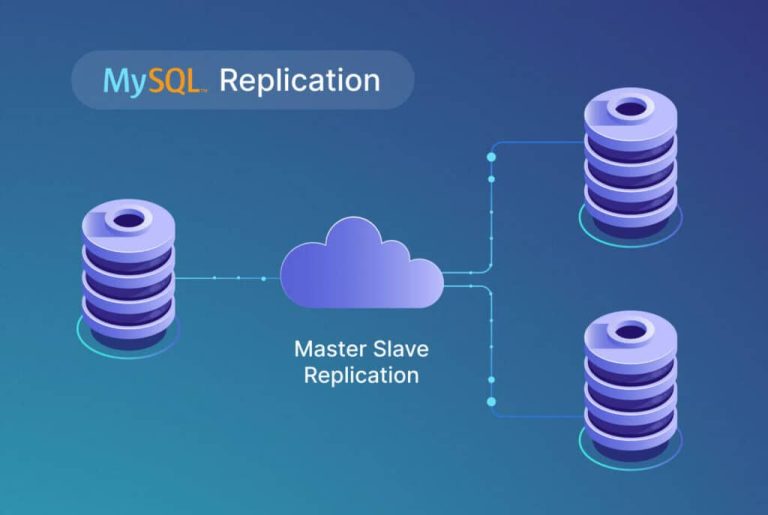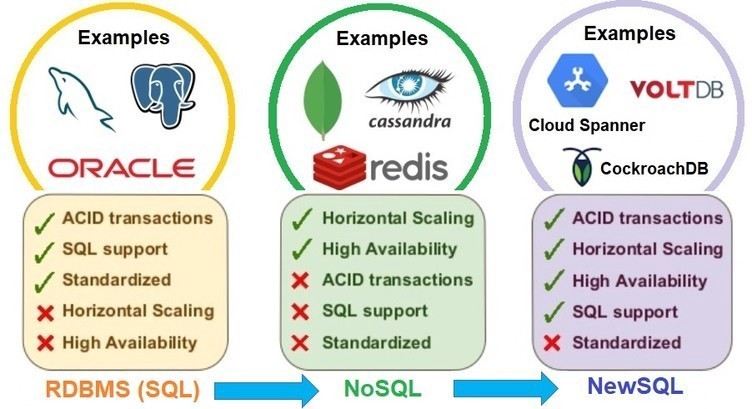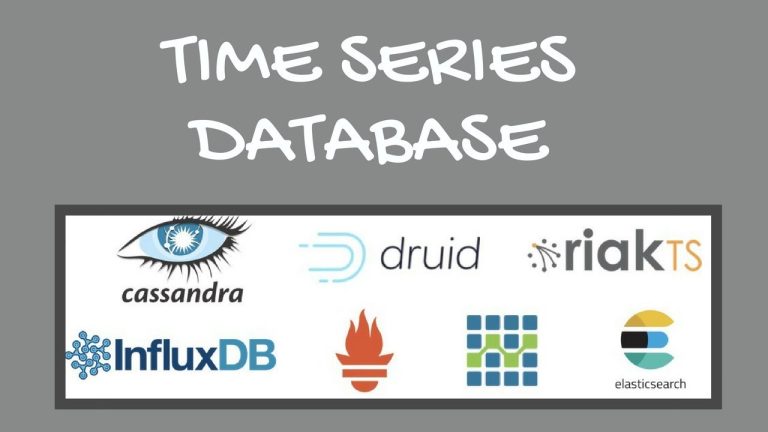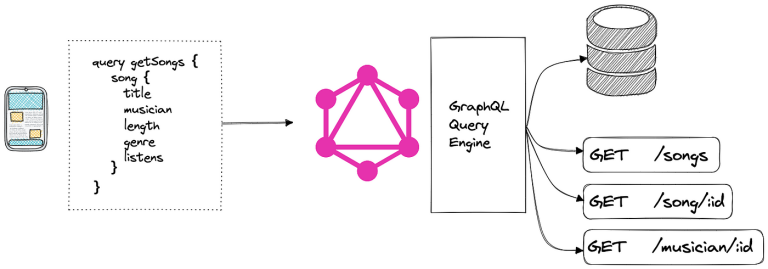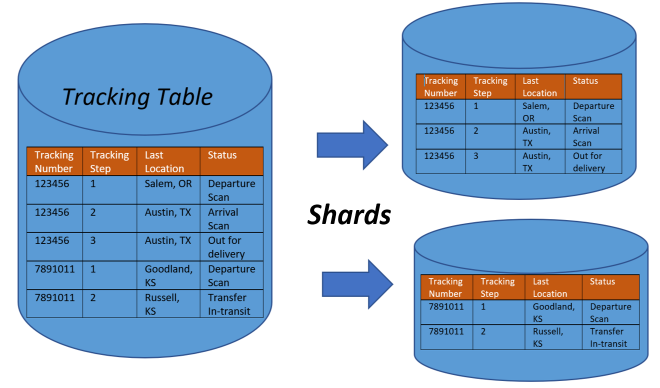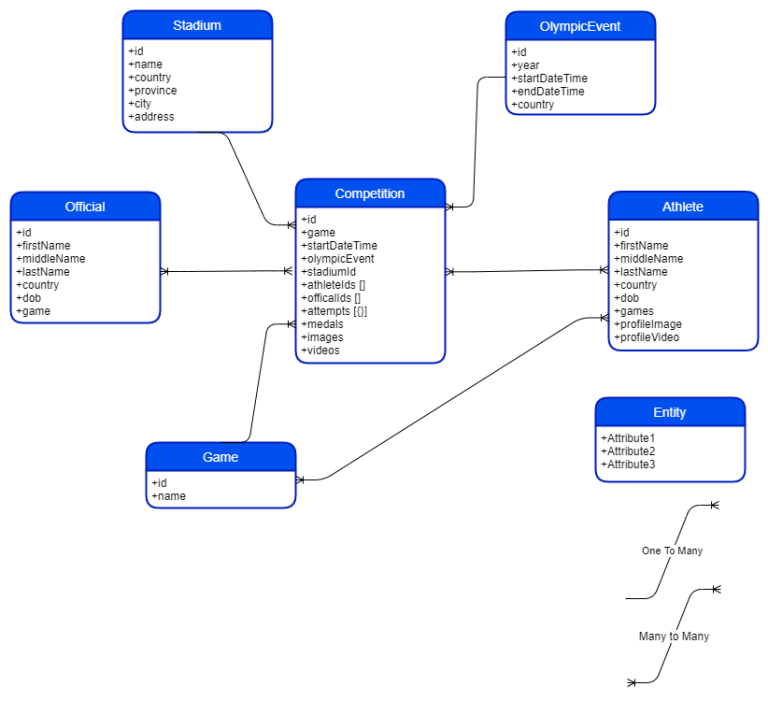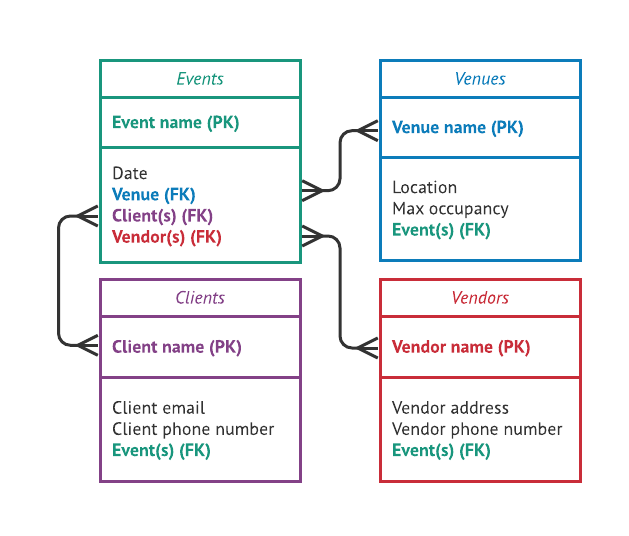Pros and Cons of relationships in relational databases is spot on—very comprehensive! Here’s a slightly polished version to enhance clarity and flow, especially if you’re using it for a presentation, report, or academic writing:
Relationships in Relational Databases: Benefits and Drawbacks
Pros
- Data Integrity
Relationships enforce constraints (e.g., foreign keys) that prevent data duplication, inconsistency, and corruption—ensuring accuracy and reliability. - Data Organization
They enable structured linking of data across tables, improving the manageability and logical structure of information. - Efficient Queries
Relational links allow for optimized querying across multiple tables using joins, which can boost performance for well-designed schemas. - Improved Data Consistency
Relationships help ensure consistency by maintaining synchronization between related data points across tables. - Simplified Database Design
Clearly defined relationships make database schemas easier to understand, maintain, and scale over time. - Enhanced Collaboration
A well-structured relational model supports better communication among developers, analysts, and stakeholders by offering a clear data map. - Scalability
Relational databases can scale to accommodate large volumes of data and complex inter-table relationships, suiting a wide range of applications.
Cons
- Complexity
Designing and maintaining intricate relationships can complicate database development and increase the learning curve. - Performance Issues
Complex joins, especially over large datasets, can degrade performance if indexes and queries aren’t carefully optimized. - Limited Handling of Semi-structured/Unstructured Data
Relational models aren’t natively equipped to deal with data formats like JSON, XML, or multimedia, requiring additional tools or extensions. - Potential for Data Inconsistency
Despite built-in constraints, poor implementation or improper maintenance can still result in data anomalies. - Maintenance Challenges
Updating schemas or refactoring relationships becomes difficult when systems grow large or undergo frequent changes. - Limited Flexibility
Rigid schema definitions make relational databases less adaptive to rapidly evolving data models, compared to NoSQL alternatives.
